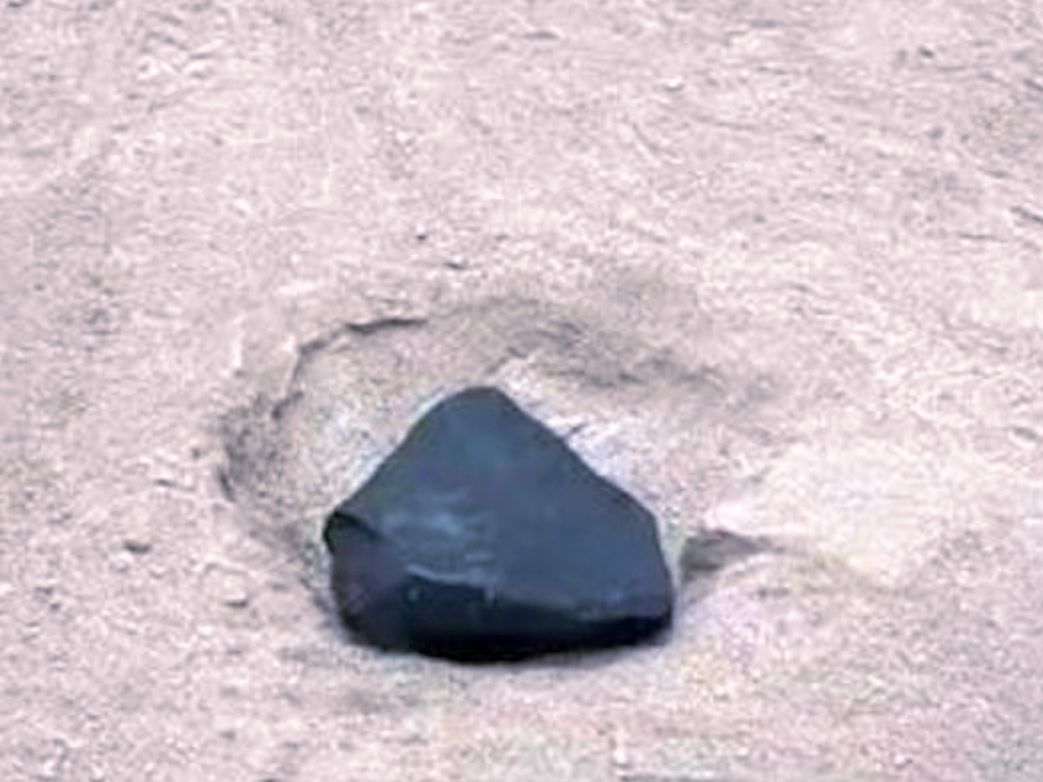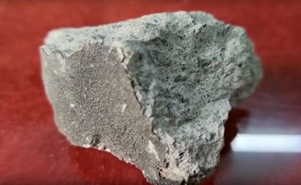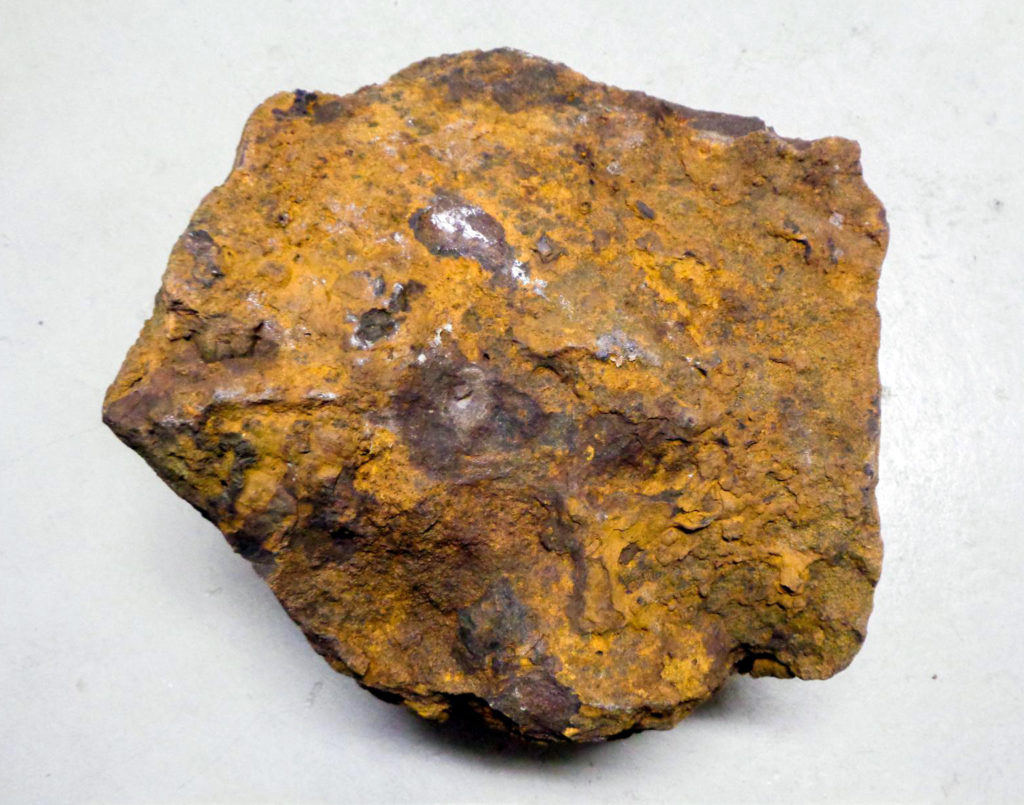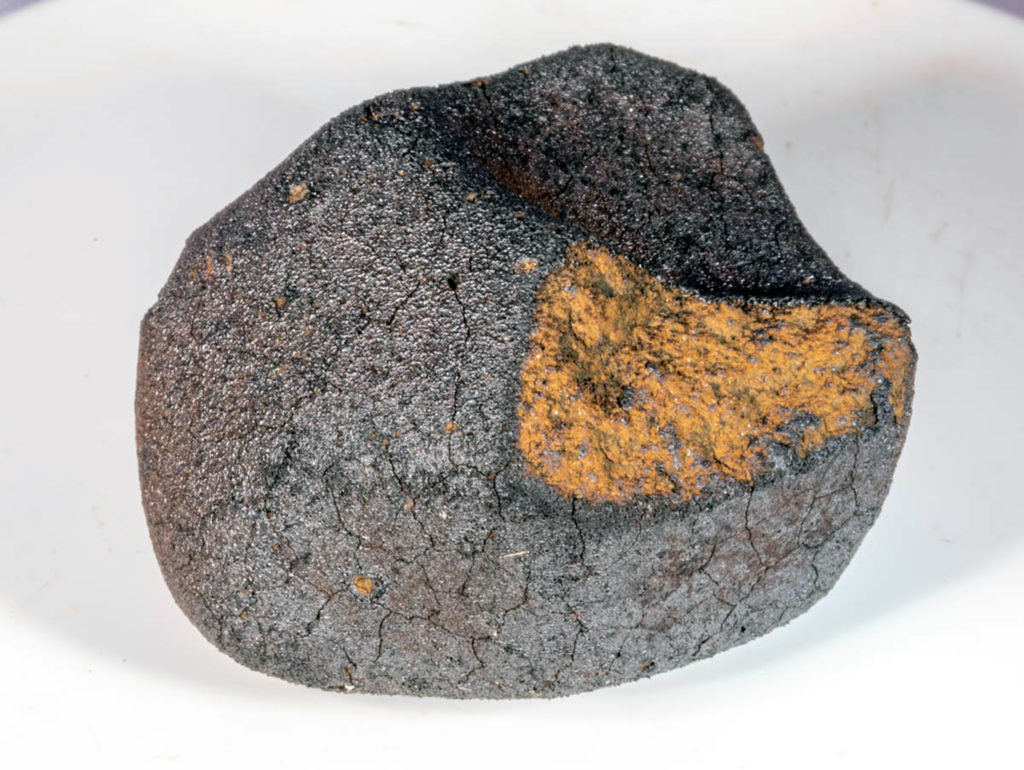Noble gases in CO chondrites: Primordial components, effects of parent body thermal alteration, and cosmic ray exposure agesOPEN ACCESS
Lisa Maria Eckart, Henner Busemann, Daniela Krietsch, Cornelia Mertens, Colin Maden, Conel M. O’D. Alexander, Kevin Righter
MAPS, In Press, Journal Pre-proof, Available online 8 May 2025
“Carbonaceous chondrites of the Ornans type (COs) include some of the most primitive meteorites known to date, yet most of them show evidence of having experienced mild degrees of thermal alteration in their parent asteroid. Previous studies on aqueously altered CM, CR, and CY chondrites have shown that the noble gases trapped in various components with distinct susceptibility to alteration can be used to assess the extent of parent body processing. In this study, we investigated the noble gas compositions of 51 CO chondrites ranging from petrologic type 3.0 to 3.8, three suspected Mighei-type chondrites (CMs; MIL 090073, DOM 10121, DOM 10299) initially classified as COs, and DOM 10900 with intermediate properties between CMs and COs. The COs show a noble gas mixture typical for carbonaceous chondrites, deriving from primordial carriers such as presolar grains, phase Q, and the carrier of the Ar-rich/V component, which has been observed in anhydrous chondrites, and occasionally air. Additionally, the newly identified W component could be present, which is highly susceptible to water. Combining our results with CO noble gas data from the literature, we show that the 20Netr/132Xecorr ratios correlate best (decrease) with the degree of thermal alteration, likely related to the abundance of presolar diamonds, and may thus serve as tool to subclassify thermally altered chondrites. Based on its 20Netr/132Xecorr ratio, DOM 10847 (paired with DOM 08006) is the most primitive CO, followed by NWA 13464 and Y-74135. The 20Netr/132Xecorr subclassification tool, however, may not be applicable for intergroup comparisons as the stability of the responsible carriers are sensitive to the chemical environment of the parent body. The abundances of heavy noble gases in bulk CO samples are much higher compared to CO etch residues (remaining after demineralization of a bulk meteorite) from the literature, indicating that other carrier(s) than insoluble organic matter must contribute significantly to the heavy noble gas inventory, which is/are susceptible to thermal alteration. DaG 331 was subclassified in this work to be a CO3.1 using the method by Grossmann and Brearley (2005) and the trend line defined by Davidson et al. (2019).
The COs show a wide range in cosmic ray exposure (CRE) ages between 0.17 ± 0.05 Ma (Isna) and 78 Ma (maximum age determined for Dominion Range [DOM] 18286 with an uncertainty of < 10 %), although the majority of CRE ages are > 10 Ma. DOM 18286 has the highest CRE age reported to date for a carbonaceous chondrite. We did not find any age clusters hinting at a major impact event, nor a correlation between CRE ages and the petrologic types. Strikingly, none of the 63 COs analyzed for their noble gases (including literature) contains solar wind, indicating that this group stems from below the regolith surface layer. The COs and CMs show similar matrix-corrected primordial noble gas abundances, suggesting that they accreted their volatiles from a common reservoir.”
































